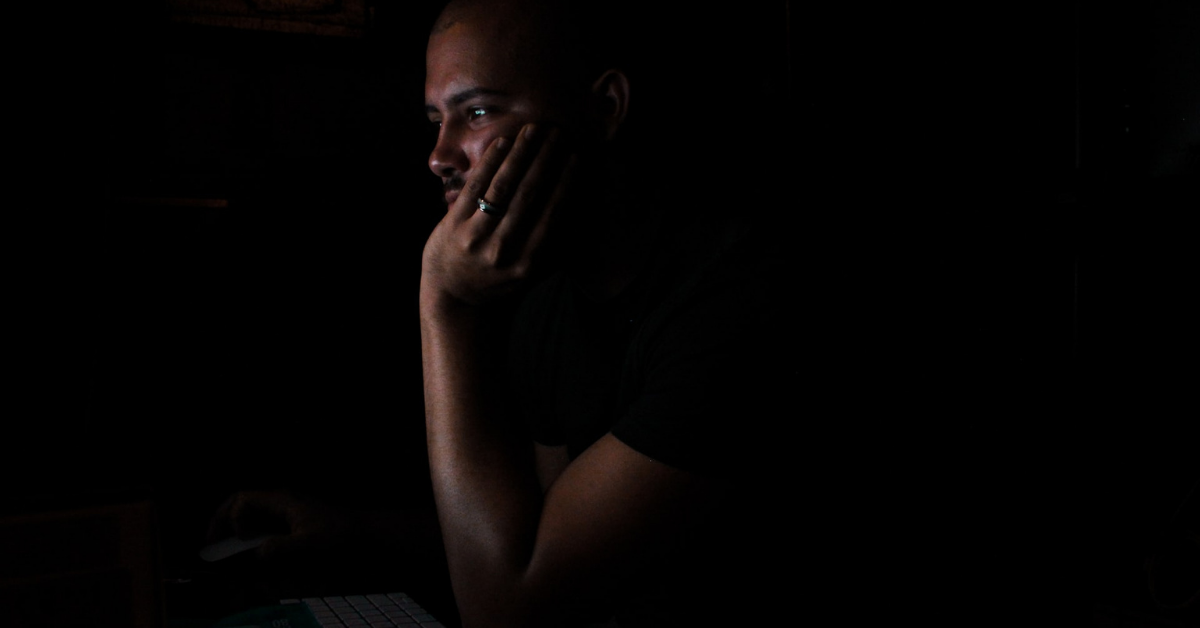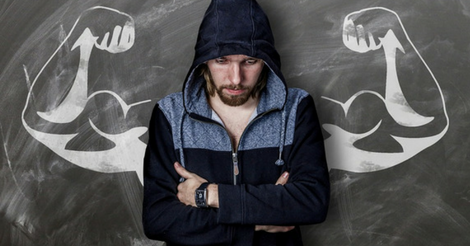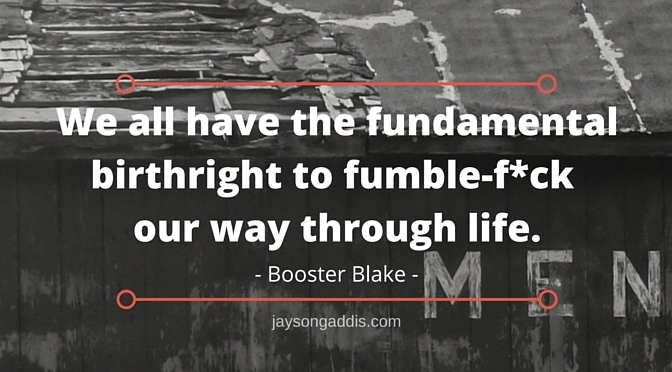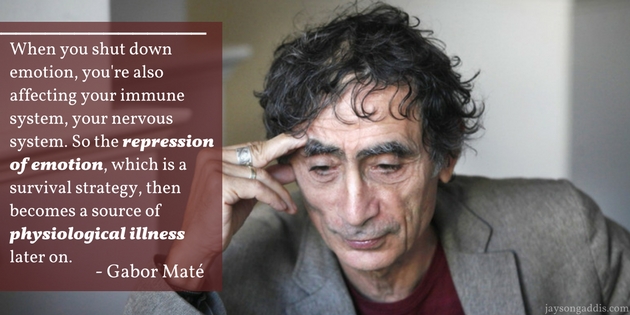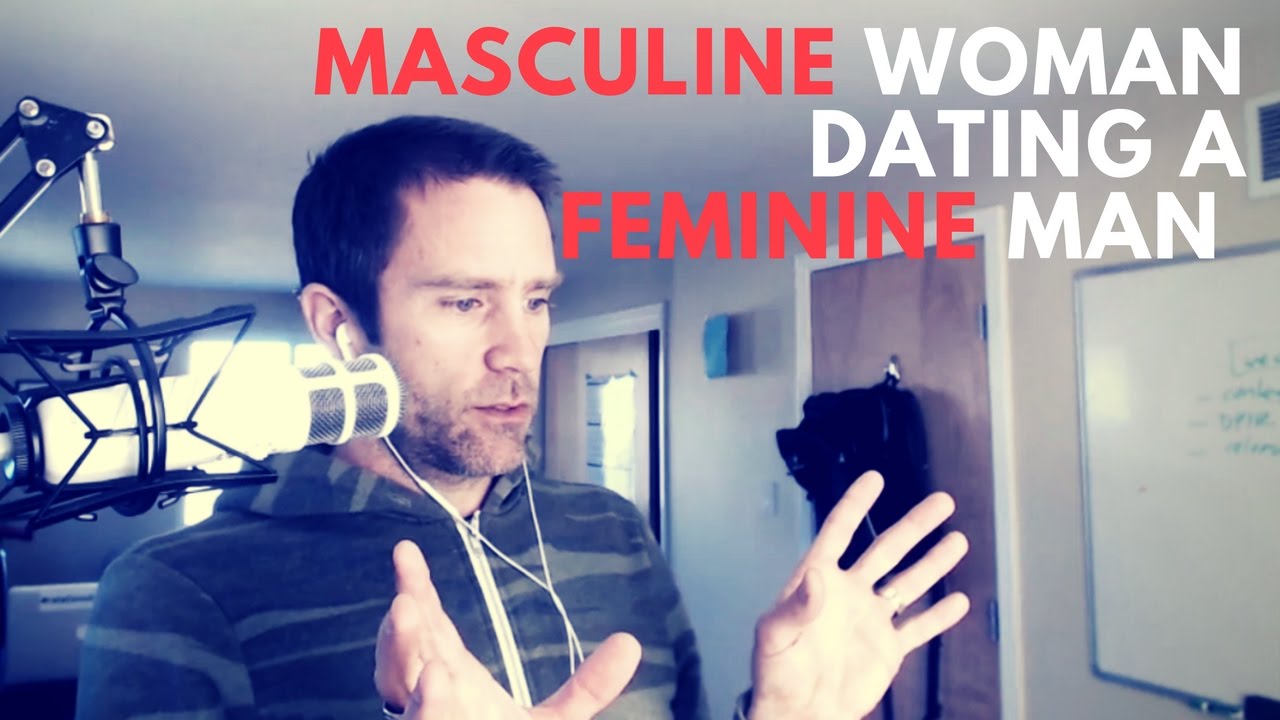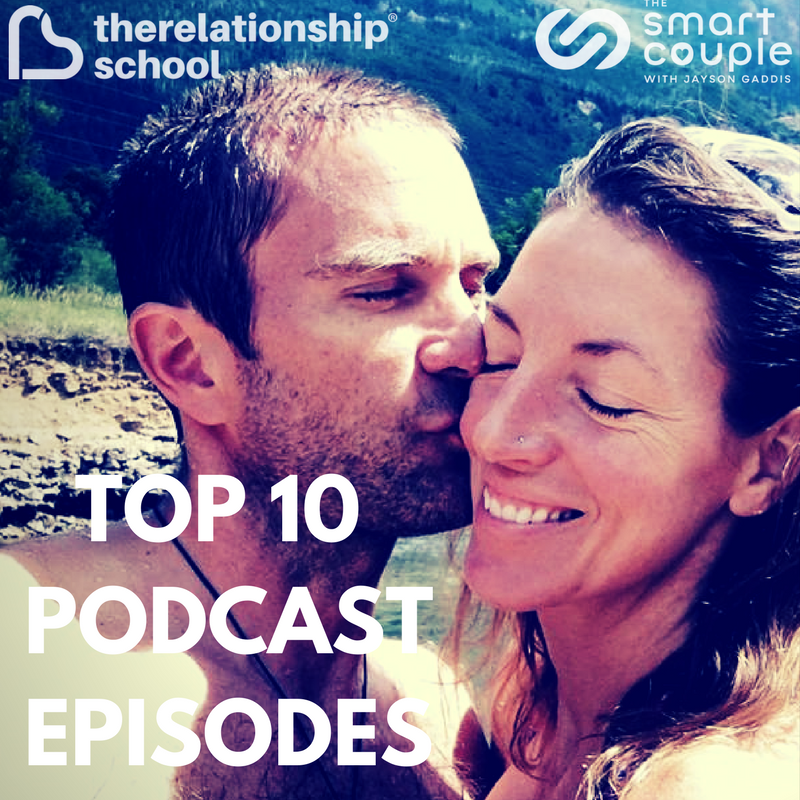When Your Partner Doesn’t Need Anything – Jayson Gaddis and Ellen Boeder – 330
In this week’s podcast, my wife Ellen and I answer a common question: What do we do with this person who is saying they don’t need anything? We posted a short video on this, and it received so many comments we thought we’d elaborate.
We talked about attachment styles in previous podcasts on distancer/pursuer dynamics. This subject is very similar. We want to unpack this dynamic to see what’s going on and give you some communication tips.
You might be that person who doesn’t need anything. Or you’re the one who has a lot to talk about in the relationship. This podcast can help both of you communicate better when it comes to expressing your needs in your relationship.
Independent partners: how does it happen?
What is going on when you’re with someone who claims they do not need anything? They might say to you, “I don’t need anything, I’m fine.” Or it’s the way they behave that gives an impression they don’t need anything in the relationship. Why is your partner this way?
It can be related to the way your partner was raised. Maybe their family dynamic encouraged your partner to do things without any help. Did your partner grow up reaching out to their family for support? Or did they keep things to themselves and try to figure out things on their own? Were their parents interested to know what was happening in your partner’s inner world?
Depending on their answers, anyone would adapt to a family culture that stressed independence and grows up to be someone independent. With a partner who doesn’t need anything, they probably had to not need anything as a child.
What should you do when your partner says they don’t need anything in a relationship?
Perhaps your partner is an independent person. Before you got together in a relationship, they functioned very well on their own. In general, they don’t need a lot from people.
What do we do with this person who is saying they don’t need anything? First, you need to understand your partner a little bit better. You need to understand when your partner says they don’t need anything, it doesn’t mean your partner doesn’t care about you or your feelings. That’s rarely the case.
By understanding the way they were brought up, who they are, how they are built, and move through the world, both of you can navigate your needs in the relationship.
If this is something that’s bothering you in your relationship and you want to address it, approach your partner with a deeper understanding and have a conversation about it.
For instance, you can start the conversation with, “It seems like you don’t need anything and you say you’re fine. Well, we’re in a relationship. I’m curious because you’re with me, you chose to be with me as your partner. Could we make the argument that you do need some stuff? And what are those things you need from me? Otherwise, why are we together?”
Or you could say something like, “What I would love here is to make a request. I would really like to know how you would like our relationship to go? What do you think about that?” Another approach is, “We’re really different. But what’s something we can both get what we want from our relationship?”
The goal of having this conversation is for both of you to find your way together and fulfill each other’s needs even when one partner says they don’t need anything.
If you want to learn more about relationships go to http://relationshipschool.com/training.

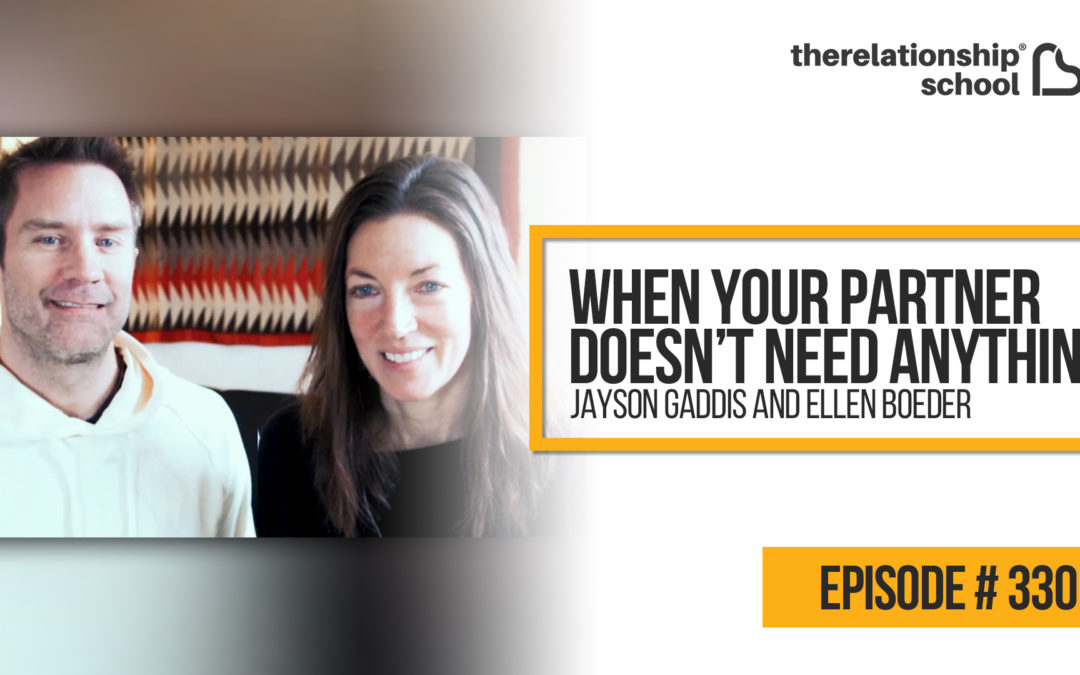


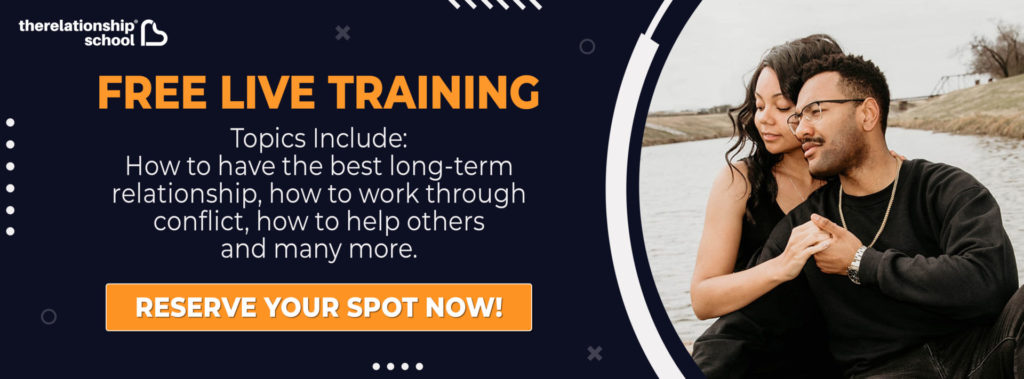

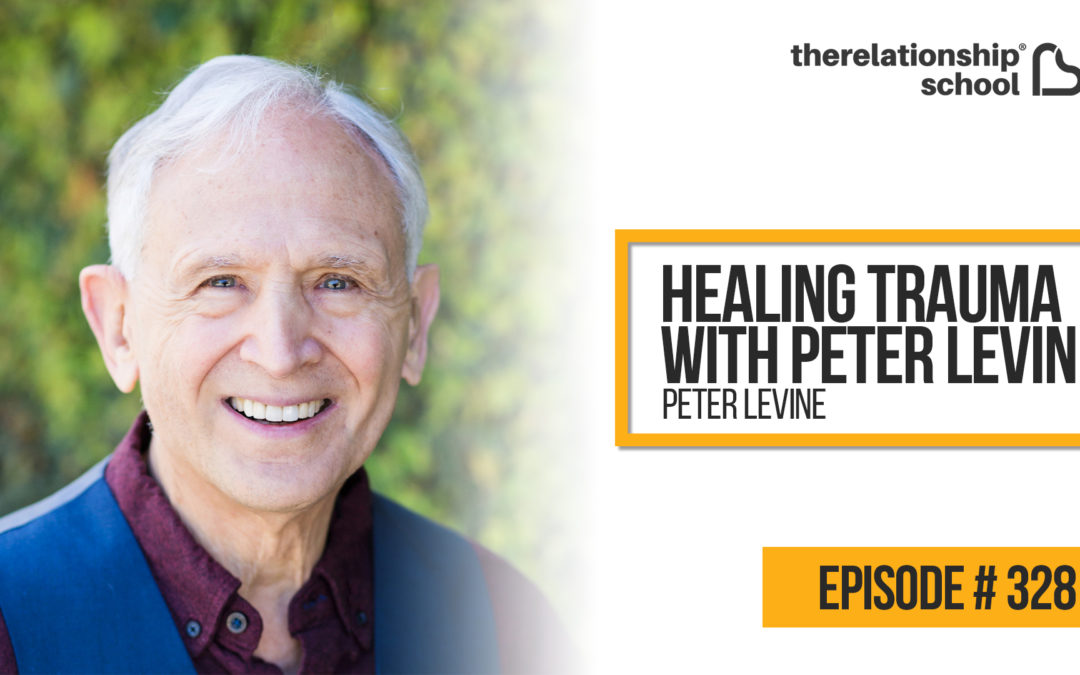
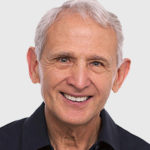 Peter Levine, PhD, is a psychologist, researcher, and former stress consultant with NASA. He specializes in working with trauma and stress-related disorders.
Peter Levine, PhD, is a psychologist, researcher, and former stress consultant with NASA. He specializes in working with trauma and stress-related disorders.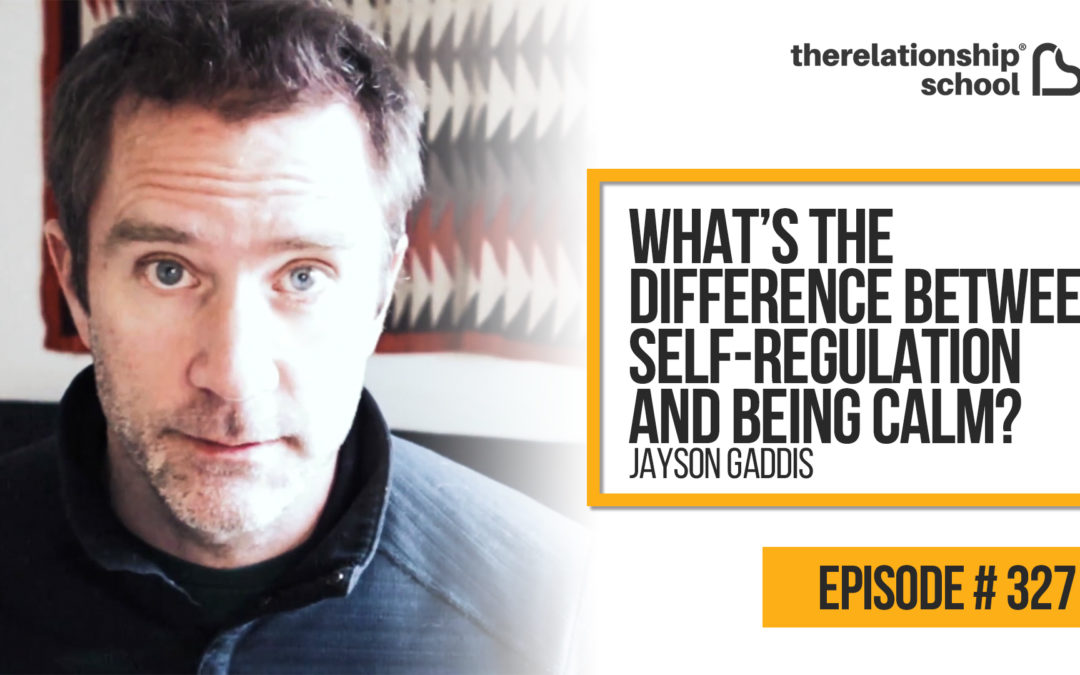
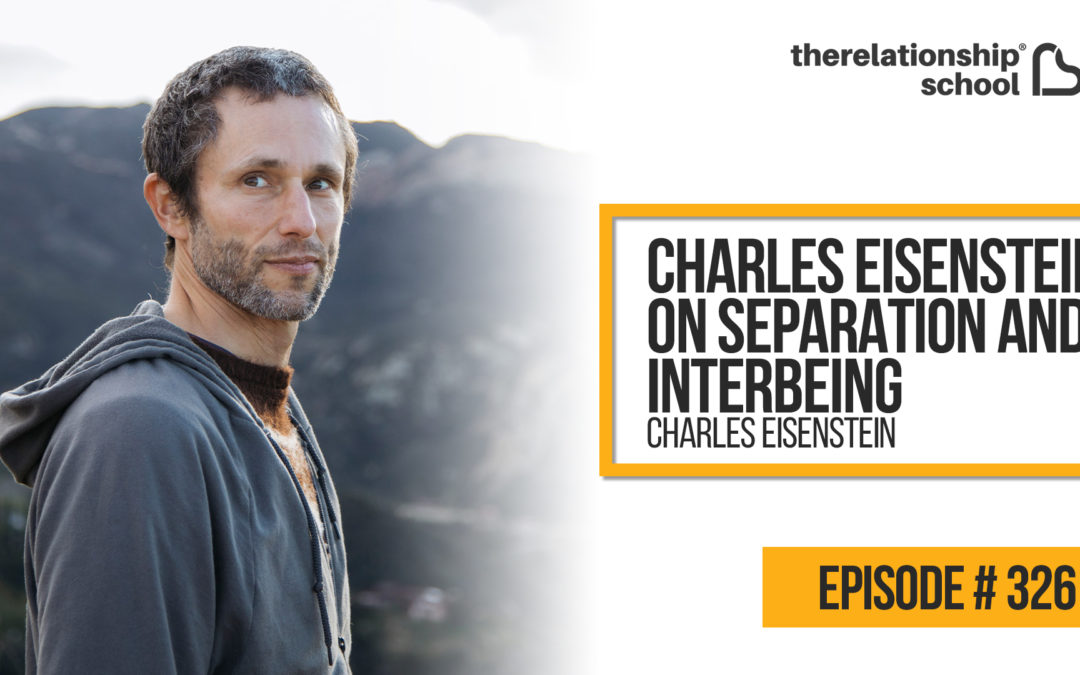

 John Kim, LMFT, is also known as
John Kim, LMFT, is also known as 
